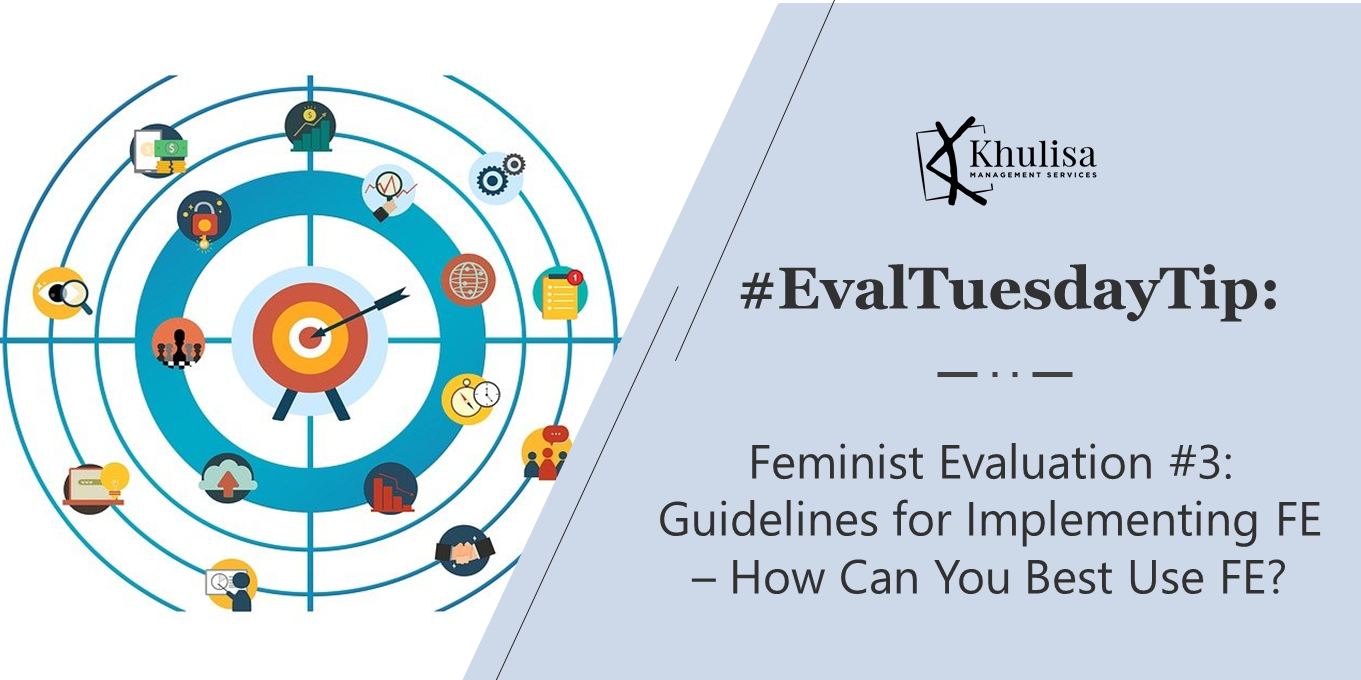
#EvalTuesdayTip: Feminist Evaluation #3: Guidelines for Implementing FE – How Can You Best Use FE?
How can you implement FE in your evaluations? In this final of our three-part series on FE, Khulisa continues to pick the brilliant brain of

How can you implement FE in your evaluations? In this final of our three-part series on FE, Khulisa continues to pick the brilliant brain of
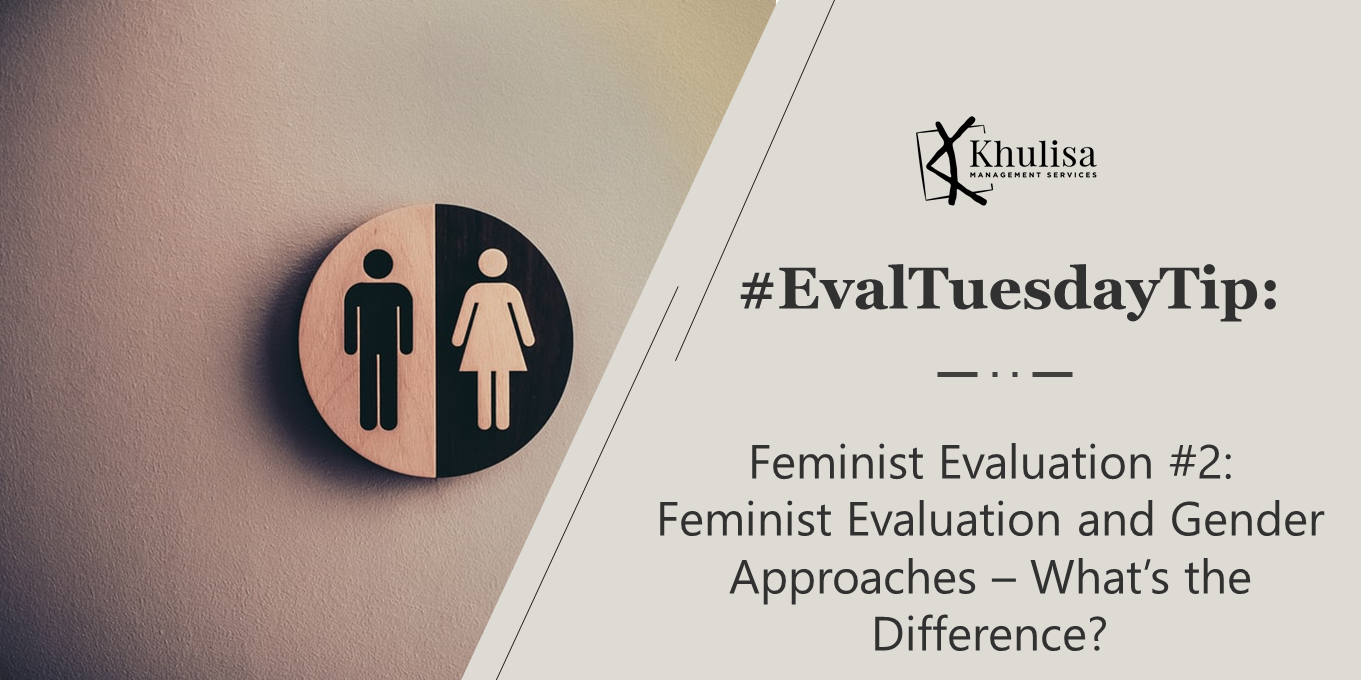
When should an evaluator choose the feminist approach over a different gender approach? This second part of our three-part FE series compares and contrasts Feminist
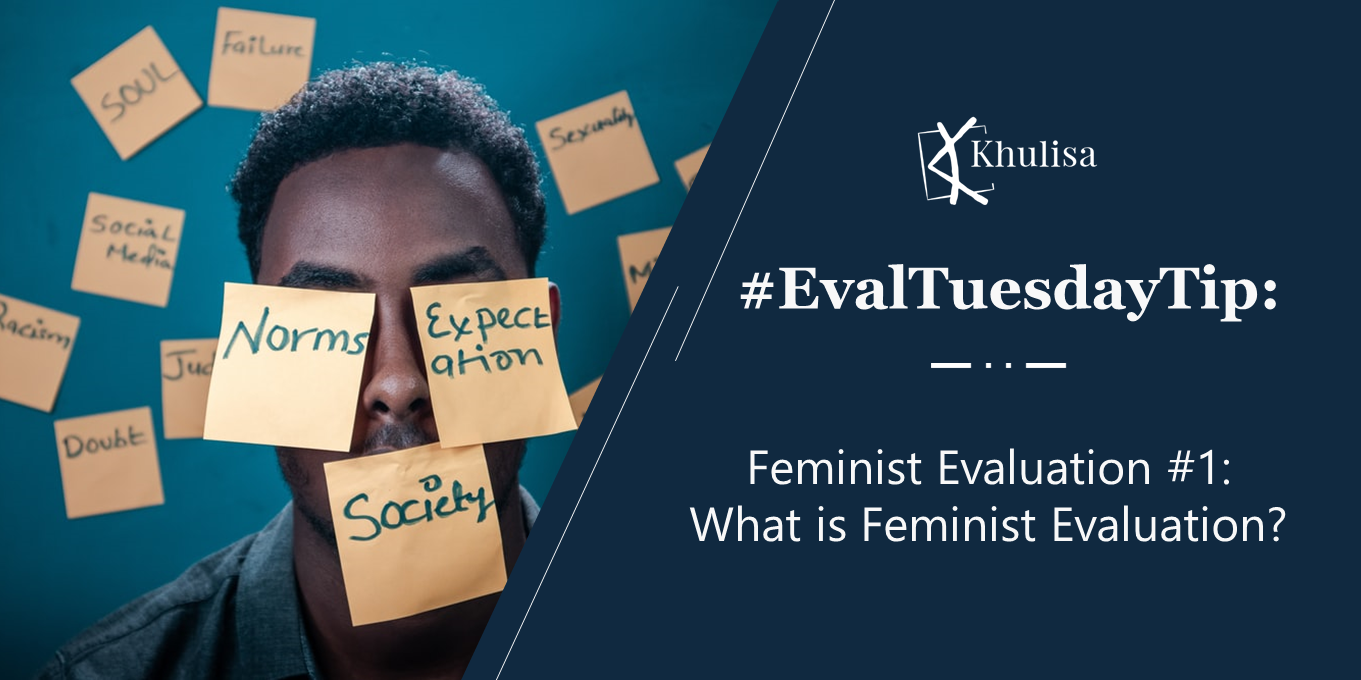
Recently, Khulisa was fortunate to learn about Feminist Evaluation (FE) from author and ace evaluator Professor Donna Podems. Over the next few #EvalTuesdayTips, we’ll be
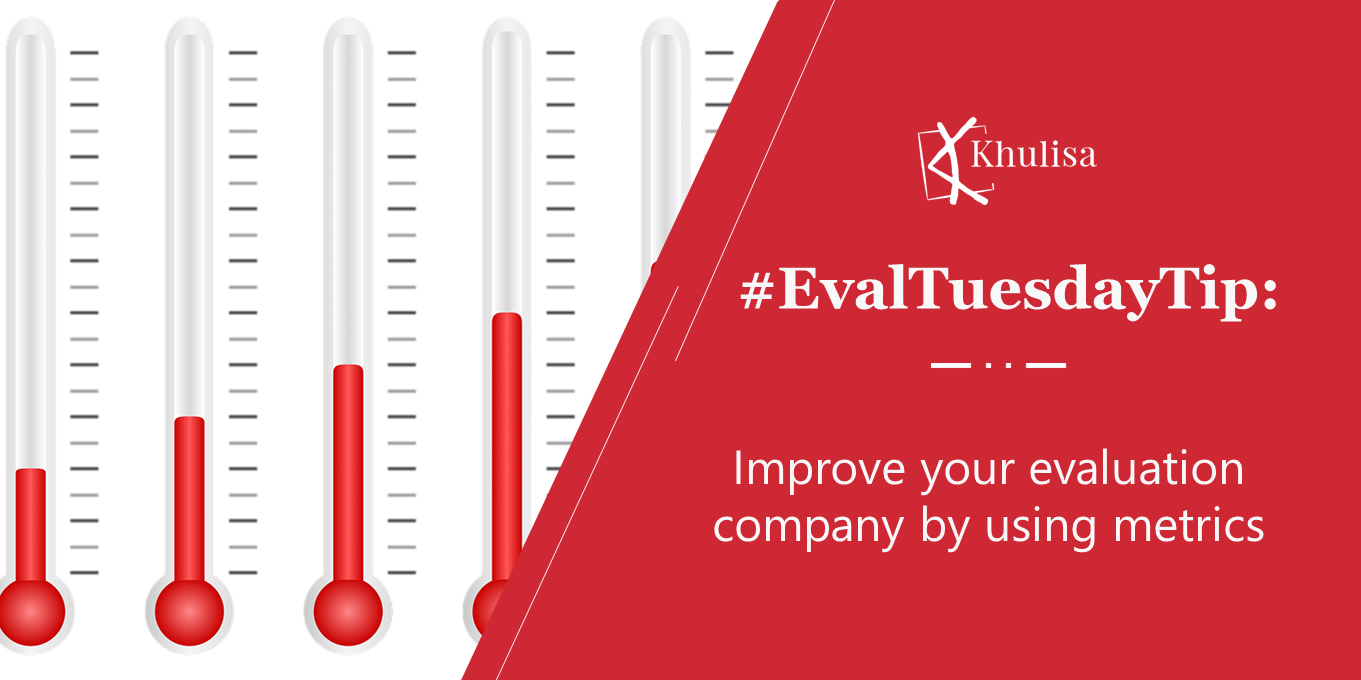
In our latest blog, we reflected on how following our own advice isn’t always easy. While we advise clients to use metrics to improve performance,
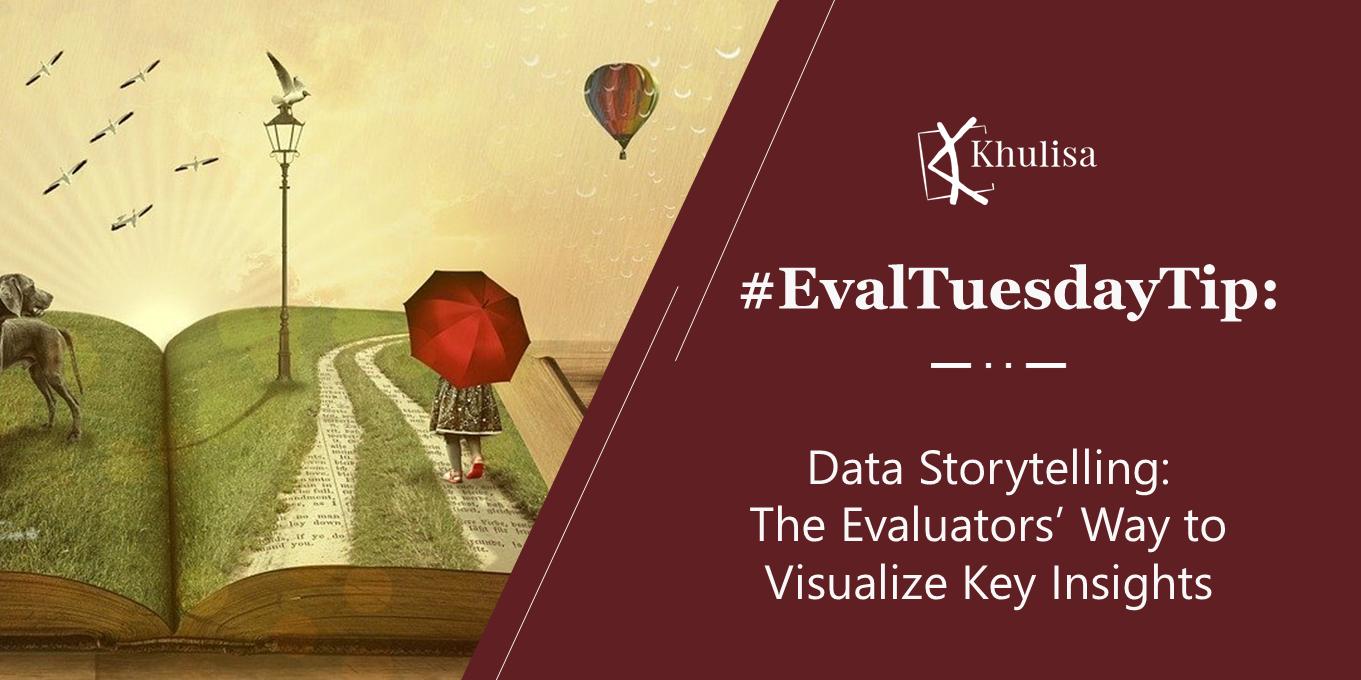
Khulisa has extensively used data visualization in its evaluations over the last 10 years. Our first infographic was used to convince policy makers to change
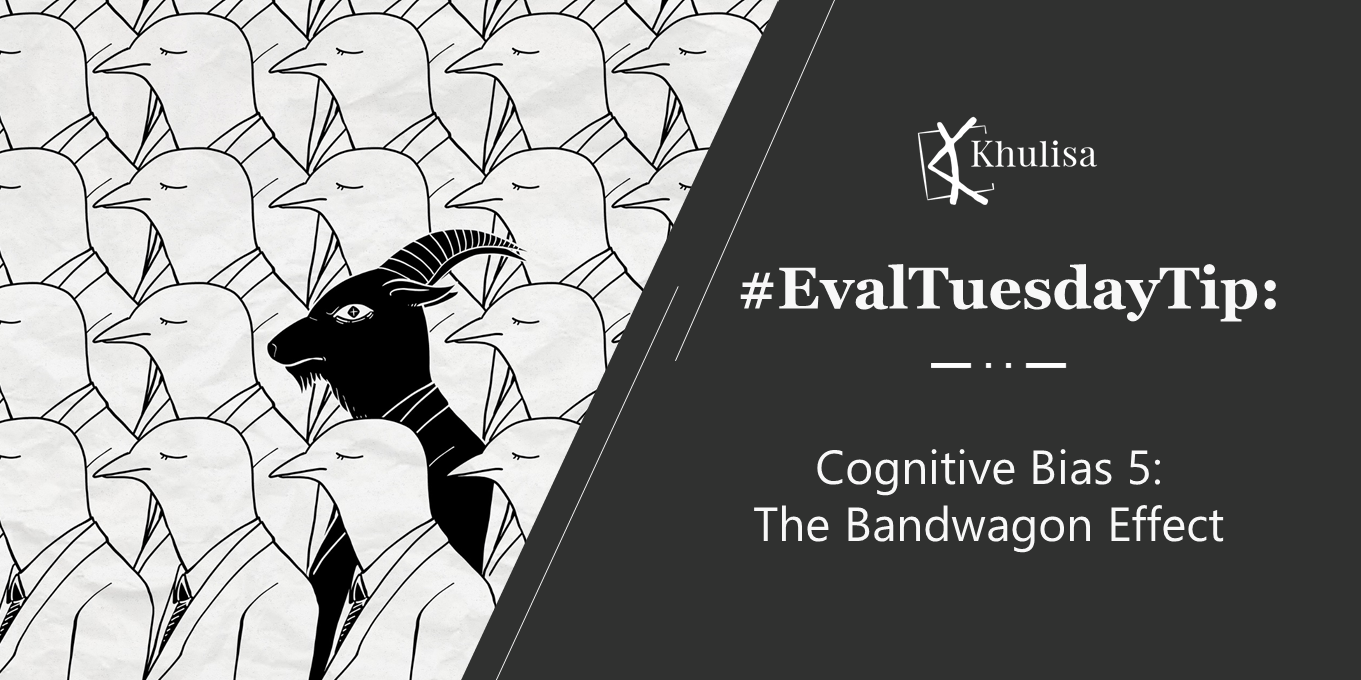
This is the final week in our series on cognitive biases and, for this last edition, we will be looking at the Bandwagon Effect and
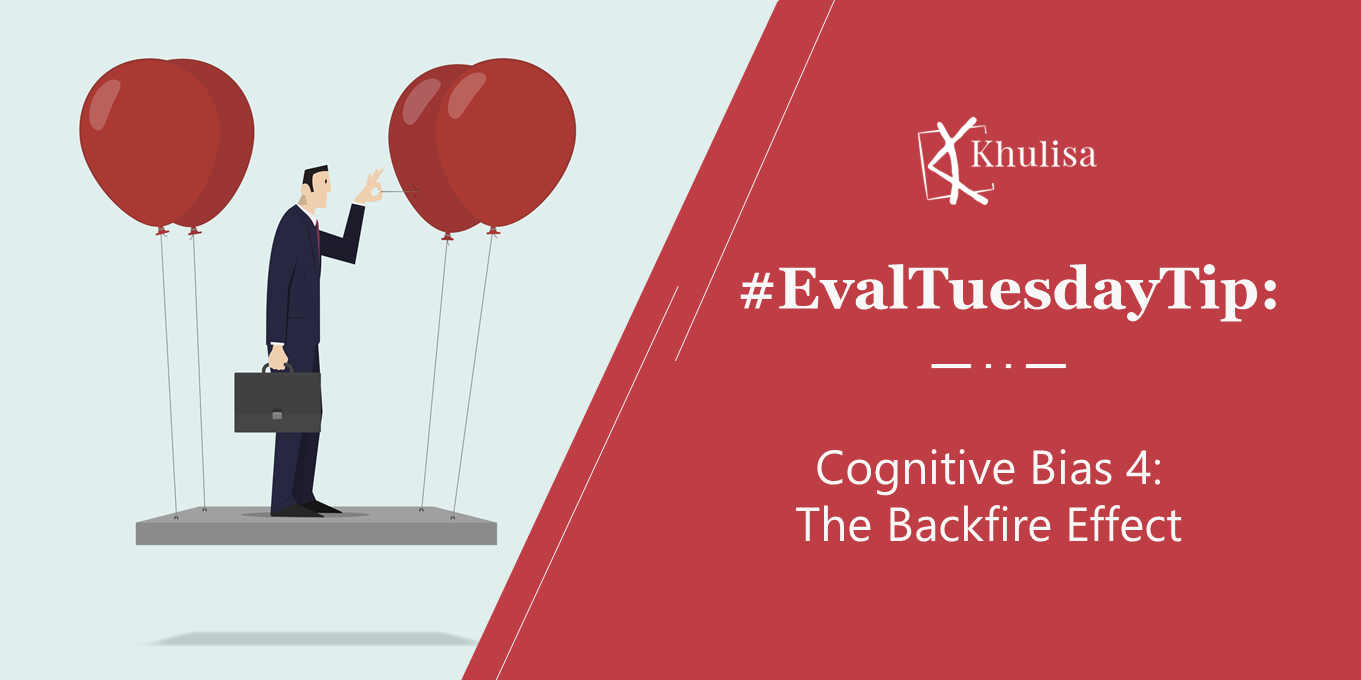
We are in week five of our series on Cognitive Biases and why evaluators need to be aware of them. This week we will look
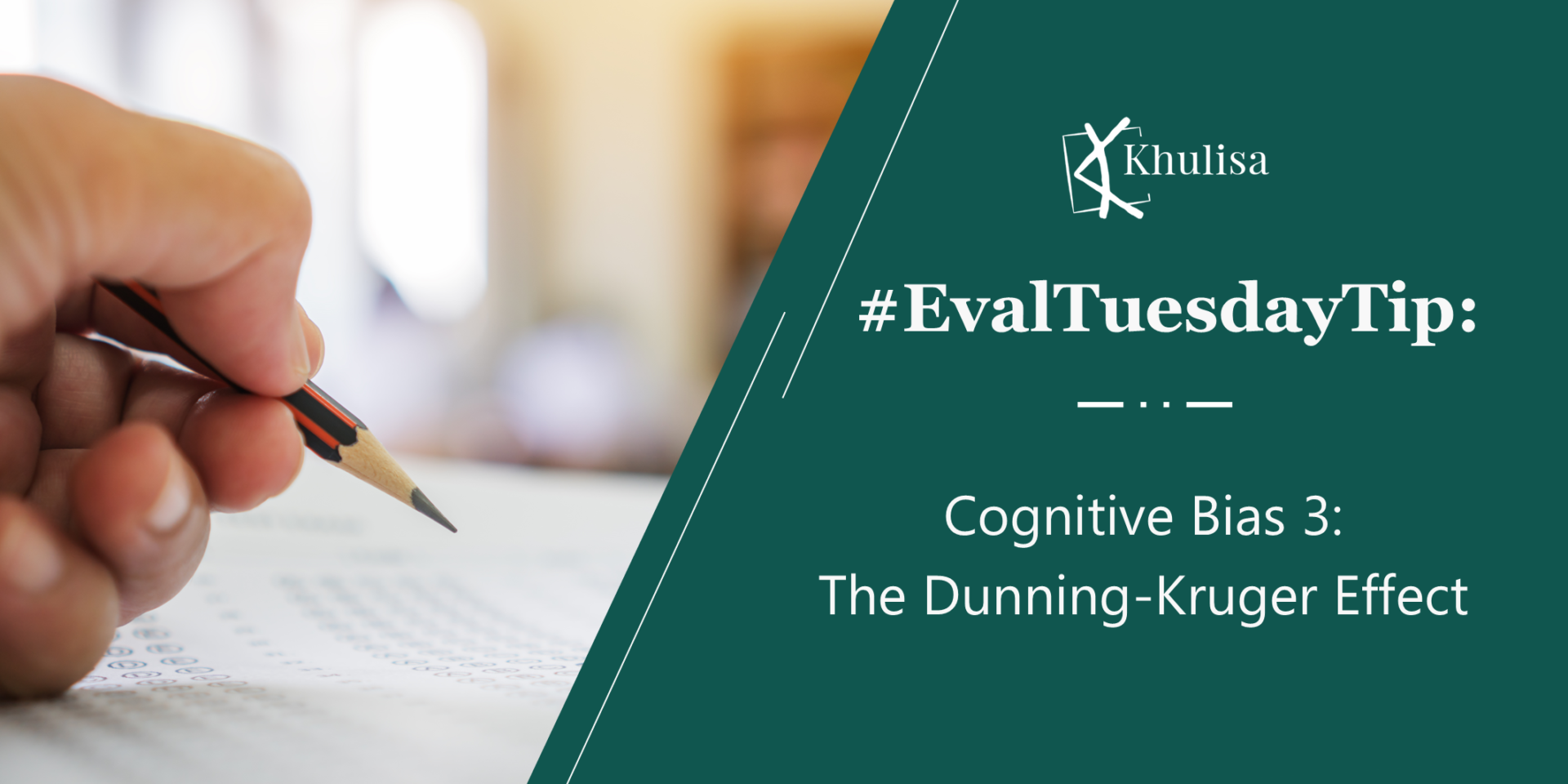
In week 3 of our series on cognitive biases, we will be looking at the Dunning Kruger Effect and how it can change the way
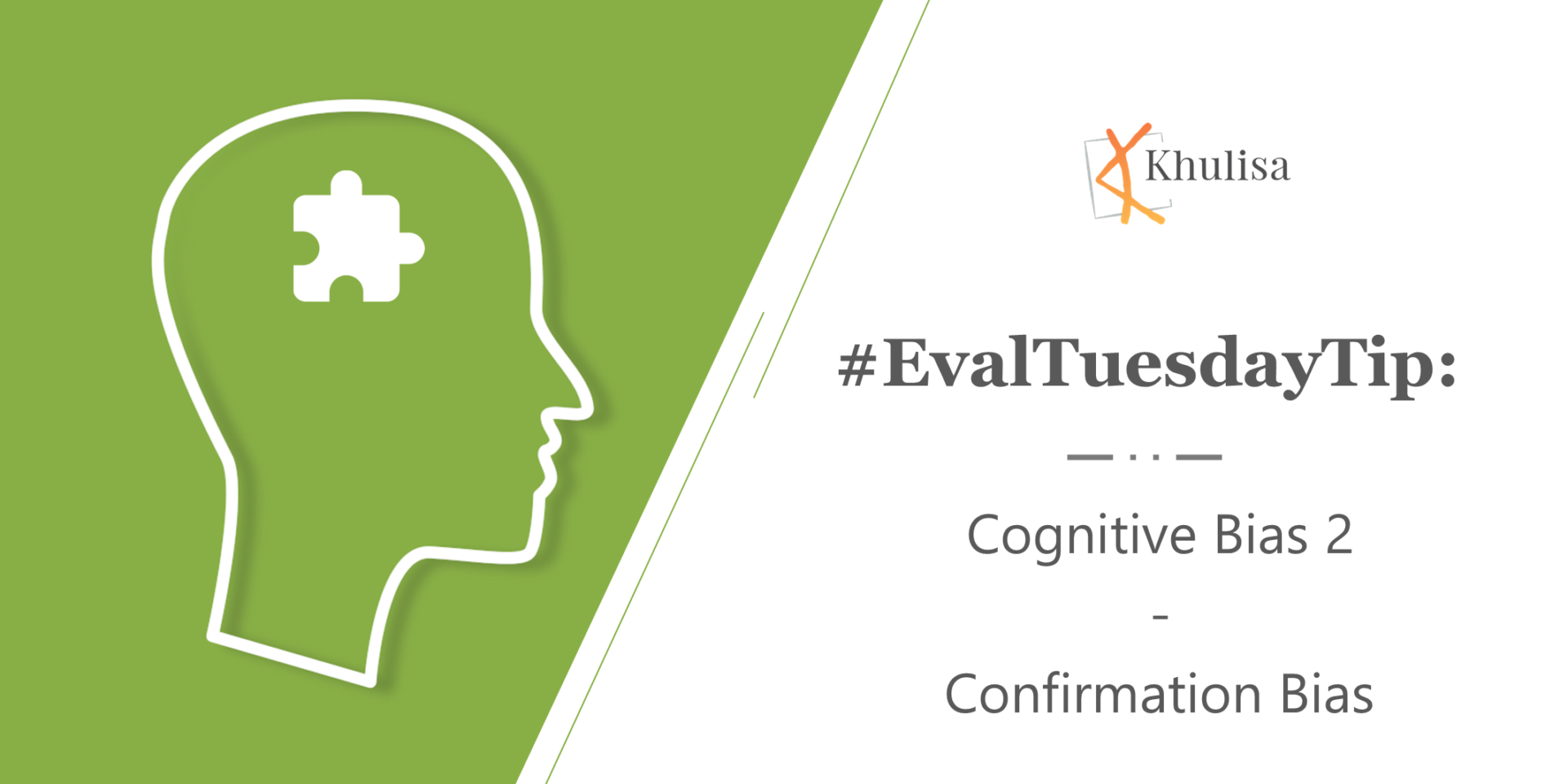
The third #EvalTuesdayTip from our 6 week series on evaluator blind spots is on confirmation bias. Evaluators (as well as all other members of the
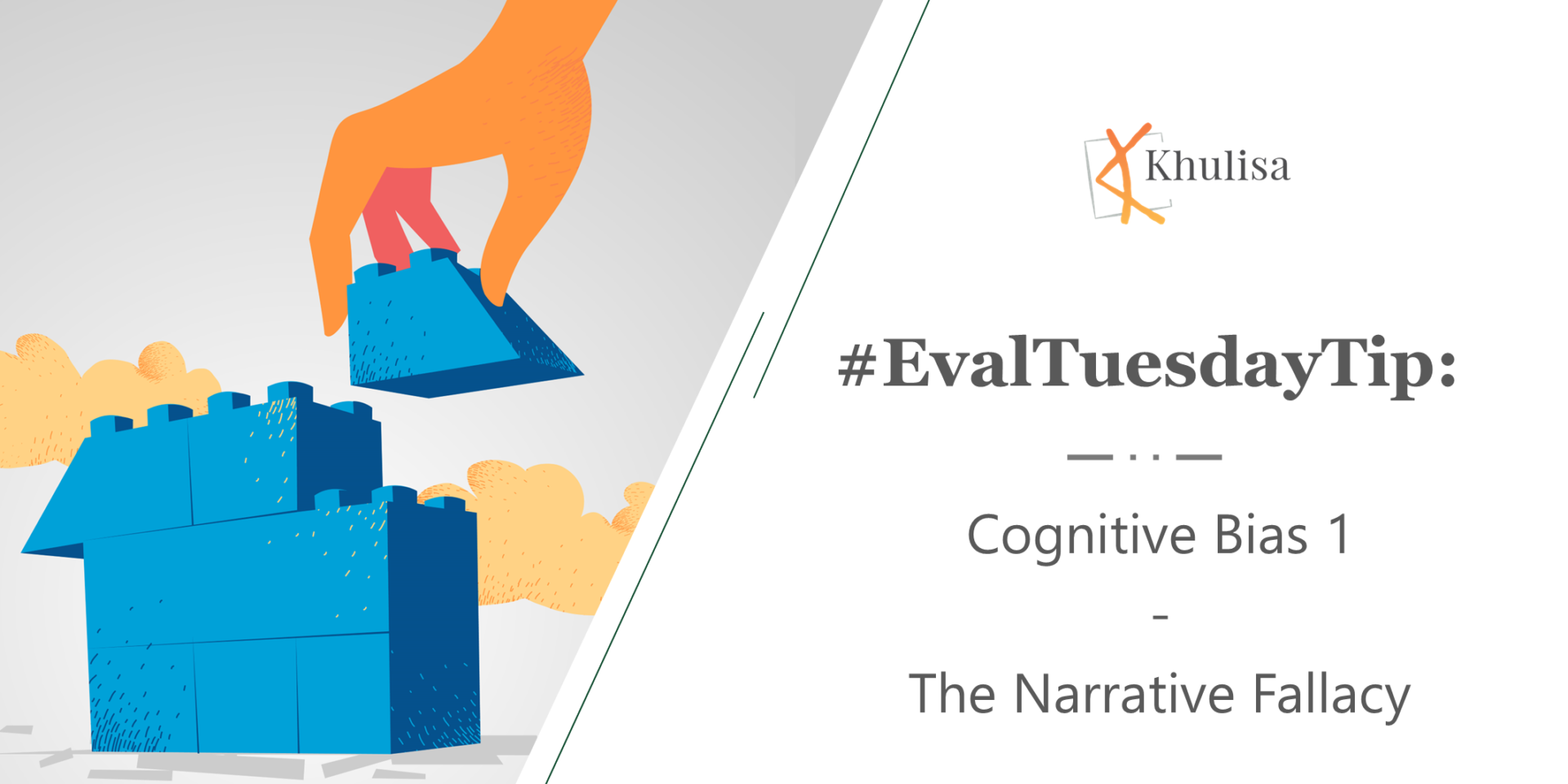
This is the second #EvalTuesdayTip in our 6 week series on our evaluator blind spots, cognitive biases. The Narrative Fallacy is the human tendency to